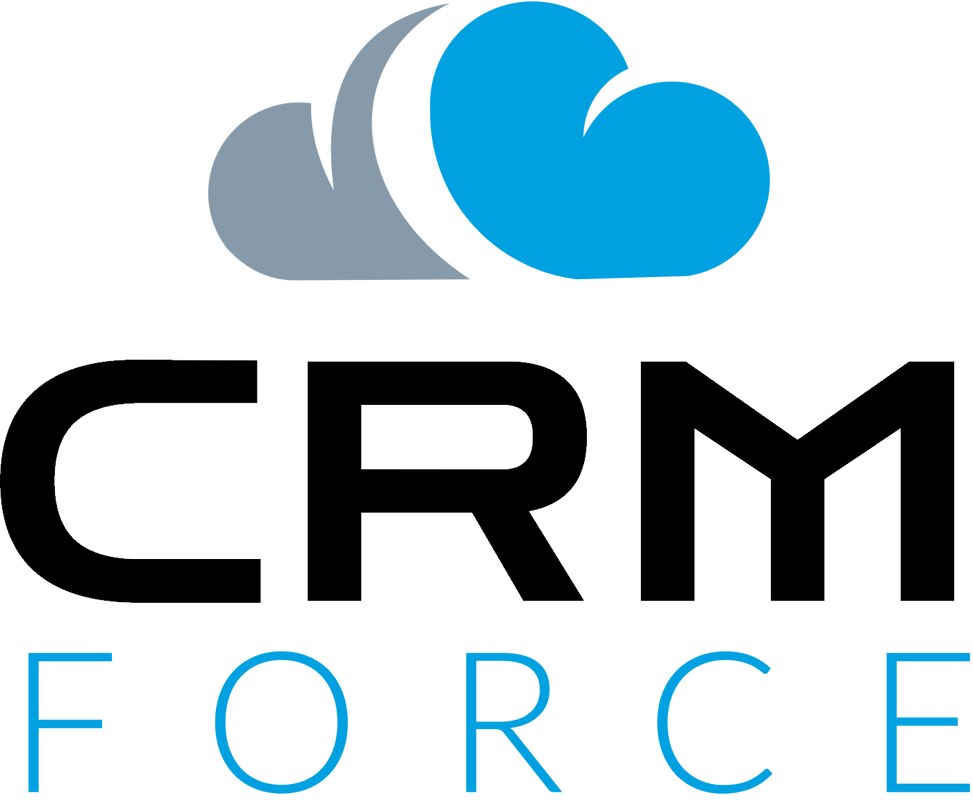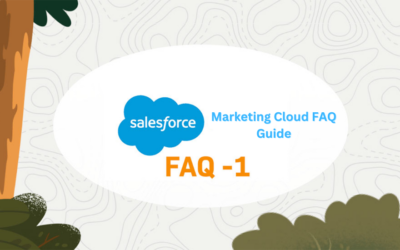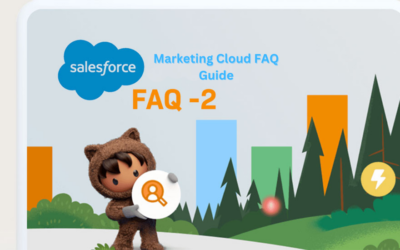In today’s dynamic business landscape, the role of C-suite executives is undergoing a profound transformation, driven by the relentless march of the digital age. As technology continues to redefine the boundaries of commerce and communication, C-suite leaders find themselves navigating a digital realm where traditional strategies must evolve to remain effective. In this era of rapid change, mastering the art of effective communication is not just a skill but a strategic imperative. This article delves into the intricate world of communication for C-suite executives in the digital age, providing a comprehensive guide that marries the art of effective communication with the technical prowess demanded by our digital era.
Within this article, we’ll explore a multifaceted approach to communication, dissecting each strategy into its technical nuances. From active listening in virtual meetings, data visualization techniques for conveying complex insights, and cybersecurity protocols to protect sensitive information, to the strategic integration of artificial intelligence and the adaptation of communication strategies to the rise of remote work, we’ll uncover the essential elements that empower C-suite executives to thrive in the digital world. With an intricate understanding of these strategies and their technical underpinnings, C-suite executives can not only meet the challenges of the digital age but also lead their organizations towards new heights of success in a rapidly evolving landscape. If you need assistance with Salesforce CRM setup and optimization, companies like CRM Force can provide valuable expertise and support.
1- Active Listening in the Digital Age
Active listening is the foundation of effective communication. In the digital age, where virtual meetings and online discussions are prevalent, mastering active listening is crucial. Here’s a more detailed breakdown:
Use High-Quality Audio Equipment: Investing in top-notch noise-canceling headphones and a high-quality microphone can significantly enhance your ability to listen actively. Clear audio is essential for understanding nuances in conversations.
Leverage Video Conferencing Features: Modern video conferencing platforms offer features that can promote active listening. Encourage participants to use tools like the “raise hand” feature and chat functions to maintain order and facilitate active participation.
Transcribe Conversations: Consider employing AI-powered transcription tools that can create written records of virtual meetings. These transcriptions can serve as valuable references, ensuring that important points are not missed, and everyone’s contributions are acknowledged.
2- Harnessing the Power of Data Visualization
Data is integral to decision-making in the digital era, and C-suite executives often need to communicate complex information effectively. Data visualization plays a crucial role:
Data Visualization Tools: Familiarize yourself with data visualization tools such as Tableau, Power BI, or D3.js. These tools enable you to create visually appealing charts, graphs, and interactive dashboards, making data more accessible and understandable.
Infographics: Consider using dedicated infographic creation software to distill complex data into visually engaging graphics. Infographics are ideal for sharing on digital platforms, as they convey information concisely and attractively.
Interactive Reports: For in-depth data presentations, explore HTML5 and JavaScript to develop interactive reports. These reports allow stakeholders to explore data independently, enhancing engagement and understanding.
3- Cybersecurity in Communication
Ensuring the security of communication channels is paramount in the digital age, particularly when sensitive information is involved:
End-to-end Encryption: Choose communication tools that offer end-to-end encryption. This technology ensures that messages and data remain confidential, even if intercepted, by encrypting them from sender to recipient.
Multi-Factor Authentication (MFA): Implement MFA for all communication tools and platforms. MFA adds an extra layer of security by requiring multiple forms of authentication, making it challenging for unauthorized users to gain access.
Regular Security Audits: Conduct routine security audits of communication platforms and systems. Train your team on cybersecurity best practices to mitigate risks effectively. Staying vigilant is essential in safeguarding sensitive information
4- The Role of Artificial Intelligence
Artificial intelligence (AI) has become an indispensable tool for improving communication strategies:
Chatbots: Implement chatbots on your website or communication platforms. These AI-powered bots can provide real-time responses to common queries, freeing up your team’s time for more strategic communication.
Predictive Analytics: Leverage AI-driven predictive analytics tools to anticipate trends and tailor your communication strategies accordingly. AI can analyze vast datasets to identify patterns and provide actionable insights.
Personalization: AI can analyze user data to personalize communication. By delivering tailored messages and content to individual recipients, you can ensure that your messages resonate and engage more effectively.
5- Adapting to Remote Work
The digital age has accelerated the shift towards remote work. Adapting communication strategies for remote teams is essential:
Virtual Team Building: Use virtual team-building activities and video conferencing tools to foster a sense of belonging among remote team members. Building strong relationships is crucial for collaboration.
Project Management Tools: Implement project management software such as Asana, Trello, or Jira to track progress, assign tasks, and maintain transparency across remote teams. These tools help streamline communication and keep everyone on the same page.
Scheduled Check-Ins: Establish regular video meetings to check in with remote team members. These meetings provide an opportunity for open communication, addressing concerns promptly, and maintaining team cohesion.
By focusing on these detailed strategies and the corresponding technical aspects, C-suite executives can adapt their communication skills to thrive in the digital age, achieving both personal and organizational success. These strategies empower them to lead effectively, even in the ever-changing landscape of C-suite leadership.
Conclusion
As we conclude our exploration of effective communication strategies for C-suite executives in the digital age, it becomes abundantly clear that the convergence of leadership acumen and technological finesse is the key to thriving in today’s ever-evolving business landscape. C-suite leaders who master the art of active listening, harness the power of data visualization, prioritize cybersecurity, integrate artificial intelligence judiciously, and adapt to the realities of remote work are poised to not only excel in their roles but also steer their organizations toward sustained growth and innovation. The intricate dance between timeless communication principles and the latest technological advancements creates a unique synergy that propels C-suite executives into the forefront of leadership in the digital era.
In a world where digital transformation is no longer an option but a necessity, the ability of C-suite executives to communicate effectively becomes their greatest asset. As we consider the multifaceted strategies and technical nuances outlined in this article, one overarching truth emerges: C-suite executives in a Digital World must be both visionaries and technologists. Through their mastery of communication in the digital age, they can inspire their teams, connect with stakeholders, and lead their organizations toward a future defined by innovation, adaptability, and success. To learn more about how CRM Force can assist you in recruiting top CRM talent and optimizing your CRM strategies for successful drip campaigns, contact us today. Together, let’s maximize your customer engagement Contact Us today.





